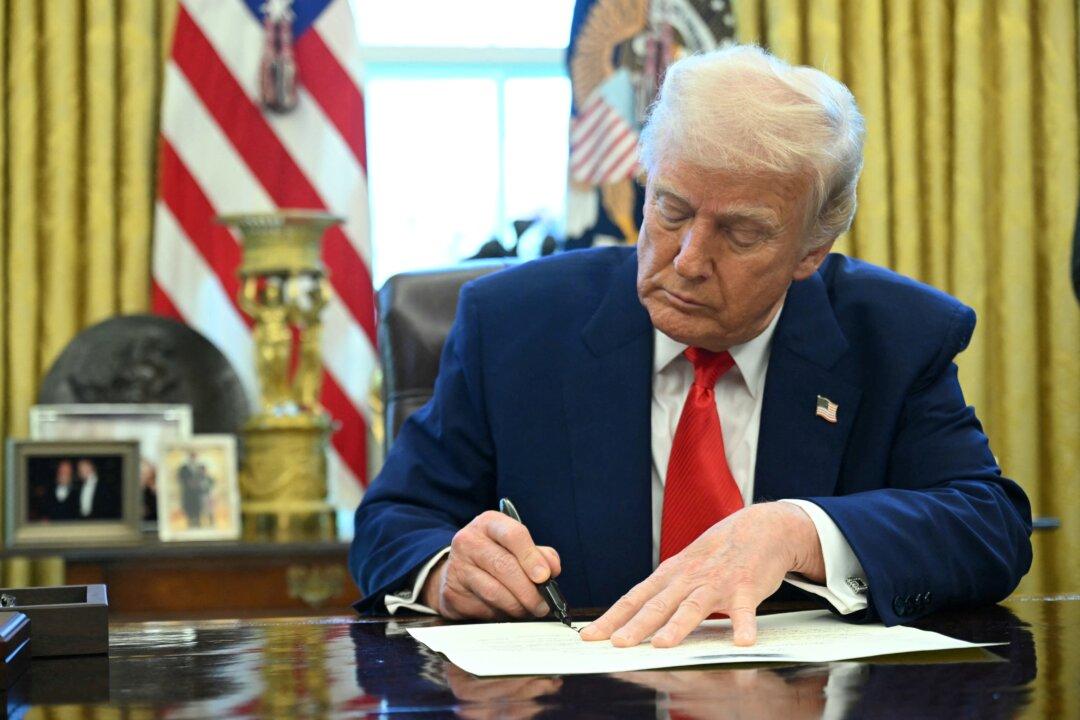North Korea vowed on Dec. 20 to take a “resolute and decisive military step” against what it calls Japan’s “dangerous choice” to adopt a new national security and defense strategy that includes plans for a military buildup.
It claims that Japan’s push to acquire a counterstrike capability has nothing to do with self-defense but is an attempt to possess “preemptive attack capability” to launch strikes on the territory of other nations.
North Korea also accused the United States of “instigating” Japan’s rearmament, saying that the United States has no right to stop North Korea from bolstering its self-defense capability.
Japan’s Military Buildup
Japan’s sweeping five-year plan will make the country the world’s third-biggest military spender after the United States and China. The move is widely seen as a departure from Japan’s post-war constitution, which renounces war or the use of force in settling international disputes.The government also aims to stockpile spare parts and other munitions, expand transport capacity, and develop cyber warfare capabilities.
A separate national security strategy document that pointed to China, Russia, and North Korea promised close cooperation with the United States and other like-minded nations to deter threats to the established international order.

“We have written in detail the counterattack capabilities that we have decided to possess, including their definition and the circumstances under which they can be used, in the National Security Strategy,” he said.
Kishida’s plan will double defense outlays to about 2 percent of gross domestic product over five years, blowing past a self-imposed 1 percent spending limit that has been in place since 1976.
That increase will provide work to Japanese military equipment makers such as Mitsubishi Heavy Industries, which is expected to lead the development of three of the longer-range missiles that will be part of Japan’s new missile force.
Other items on Japan’s military spending list over the next five years include interceptor missiles for ballistic missile defense, attack and reconnaissance drones, satellite communications equipment, Lockheed Martin F-35 stealth fighters, helicopters, submarines, warships, and heavy-lift transport jets.
To pay for that equipment, Kishida’s ruling bloc said it would raise tobacco, corporate, and disaster-reconstruction income taxes. But, with opposition to tax increases within his ruling Liberal Democratic party still strong, the Japanese leader has yet to say when he'll implement those higher rates.





